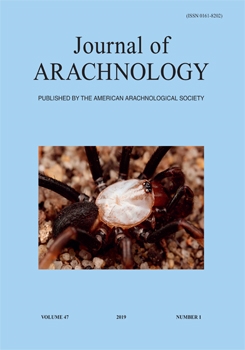The ecological niches of the three Iberian Argiope species have not been studied in quantitative detail, and recently developed approaches for assessing niche overlap have rarely been applied to invertebrates. This study aimed to quantify the climatic niche differences between Argiope bruennichi (Scopoli, 1772), A. lobata (Pallas, 1772) and A. trifasciata (Forsskål, 1775) in the Iberian Peninsula. An extensive occurrence database for the three species was compiled from the literature, a citizen science project (Biodiversidad Virtual) and a social network (Flickr). Niche comparison and recursive partitioning analyses were used to compare and characterize the niches of these species using regional climatic information. The three Argiope species had different distribution patterns within the Iberian Peninsula with a clear degree of sympatry. Despite an appreciable niche overlap, the three species had significantly different climatic niches. A. bruennichi was present in colder and more humid environments, while A. lobata and A. trifasciata selected warmer, drier environments. A. trifasciata preferred areas with higher minimum temperatures than A. lobata and avoided continental environments that the two other species tolerated. Despite these differences, the Iberian Peninsula contained a broad range of suitable environments where more than one species co-occurred. Further studies are needed to explore these species relationships, particularly given the trend of ranges shifting north due to global warming. Considering both the results of this study and the increasingly xeric conditions in the Iberian Peninsula, A. lobata and A. trifasciata may benefit at the expense of a retraction of A. bruennichi.
How to translate text using browser tools
27 April 2019
Niche segregation in Iberian Argiope species
Pablo Peña-Aguilera,
Lidia Burguillo-Madrid,
Vijay Barve,
Pedro Aragón,
Alberto Jiménez-Valverde
ACCESS THE FULL ARTICLE

The Journal of Arachnology
Vol. 47 • No. 1
April 2019
Vol. 47 • No. 1
April 2019
climatic niche
distribution
Iberian Peninsula
segregation




